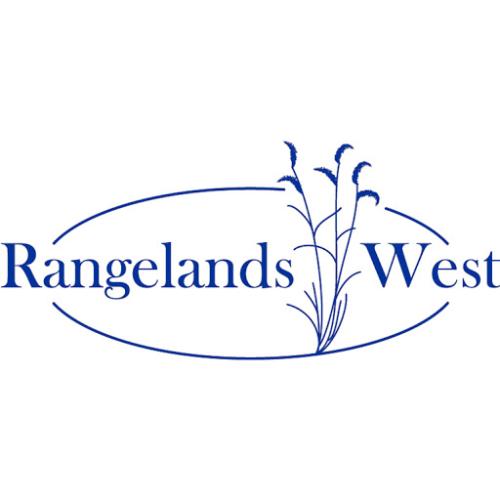The greater sage-grouse is a species in declineacross the western United States, including Idaho. As
implied by the name, greater sage-grouse depend onsagebrush dominated landscapes for their forage, cover,nesting habitat, and ultimate survival. The deteriorationof sagebrush landscapes in the West has been a crucialfactor in the decline of the greater sage-grouse, which is currently a candidate species under the federal. State and federal government
land managers, researchers, private landowners, andspecies in Idaho. This book is largely an illustratedsynthesis of the 2006 Conservation Plan for Greater Sagegrouse in Idaho, produced by the Idaho Sage-grouse this guidebook is meant to extend what is known about sage-grouse and their habitat to land ownersand managers but is not meant to be cited as a science document itself. The intent of this guidebook is to help land owners and managers recognize characteristics
of productive and unfavorable sage-grouse habitat informed approaches to management and conservation. The focus is clearly on ranching, as opposed to other land use activities, because livestock grazing is the major land use that occurs on sage-grouse habitat. The guidebook provides information to recognize and evaluate sage or land management practices.
Those who manage and live within sagebrush grouse and the habitat they depend on. This book is just
a small part of the larger commitment that is being made to conserve this species.

Articles, citations, reports, websites, and multimedia resources focused on rangeland ecology, management, restoration, and other issues on American rangelands.